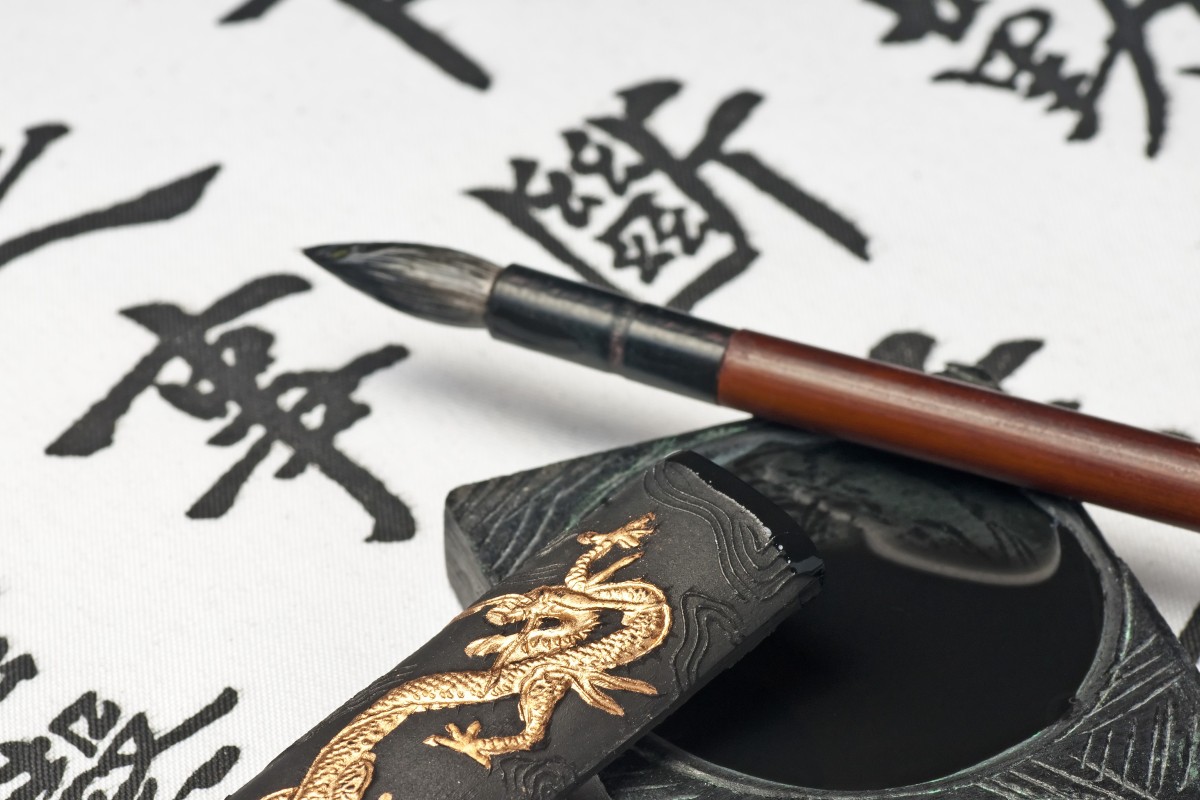
The difficulty and beauty of Hanzi, the traditional form of Chinese characters, and why it's worth preserving
Despite their complexity, Chinese characters should be preserved for being a fascinating product of human ingenuity and artistry
 Combined with a rich tradition of calligraphy, Chinese characters have become a unique cultural treasure.
Combined with a rich tradition of calligraphy, Chinese characters have become a unique cultural treasure.Having spent time studying world languages, I have had the chance to learn and write a number of different scripts, from the standard Latin alphabet to the Japanese Kana, and many more. However, among all of these writing systems, Chinese characters, Hanzi, hold a special place in my heart as being the most elegant and aesthetic.
Despite the practical limitations of Chinese characters, I still believe that they should be recognised because they are a unique cultural treasure.
The defining aspect of Chinese characters is their pictographic origin. Every one of the many thousands of characters can be broken apart, and its constituent pieces traced back to simple engravings made on oracle bones during the Shang Dynasty (1600-1046 BC). Even though the shapes of many characters have changed radically, in many cases you can still see the original image in their modern form. Whether it be the distinctive three peaks of the character for “mountain” (shan), or the mouth with emerging sound lines for the character “speech” (yan), every character has its own unique story and history. Traditional Chinese characters used in Hong Kong retain this visual history much better than their simplified versions, which is why I prefer reading and writing them. I am quite sure many Hongkongers would agree with this sentiment.
Today’s calligraphers are inkstagram-worthy
As opposed to the mere 26 letters in the Latin alphabet, there is a seemingly endless amount of Chinese characters. This results in texts that contain much more visual variety than almost every other writing system. Chinese writing presents the reader with a unique visual story formed using a diverse range of characters, some containing up to about 30 strokes. Combined with a rich tradition of calligraphy, Chinese writing can be seen as a form of art.
Now that I have explained why I think Chinese characters are so beautiful, I should also address the other side of the issue, which is their practicality. All things considered, Chinese characters are not a very practical system for regular day-to-day use. In regards to reading, Chinese characters are difficult because they do not have any pronunciation clues attached to them. You simply have to memorise the pronunciation of every character. This might not be too hard for native Chinese speakers, but for anyone else who has tried to learn the language, it is a major difficulty.
Calligraphy might look pretty, but it’s harder than it looks
The huge number of characters is also not a very efficient way of writing either. Unlike some other alphabets like Korean which can be learned in a few hours, it requires years of practice to become fully literate in Chinese.
But as long as Chinese characters exist, many people, including myself, will be willing to take up that challenge, so I say keep them just the way they are. Chinese characters, in all of their beautiful complexity, should be preserved and appreciated for being a fascinating product of human ingenuity and artistry.